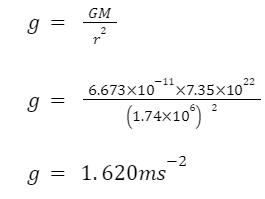What do you mean by acceleration due to gravity?
Acceleration due to gravity refers to the acceleration an object experiences when it falls freely under the influence of gravity, without any other forces acting on it. It’s the rate at which an object’s velocity changes as it falls, and is a vector quantity, meaning it has both magnitude and direction. On Earth, the acceleration due to gravity is approximately 9.8 m/s² and is denoted by the letter ‘g’.
Here’s a more detailed explanation:
Free Fall:
An object is considered to be in free fall when it is only subject to the force of gravity. This means there’s no air resistance or other external forces acting on it.
Constant Acceleration:
The acceleration due to gravity is constant, meaning it doesn’t change as the object falls. This constant acceleration is what causes an object’s velocity to increase at a consistent rate as it falls.
Direction:
The acceleration due to gravity always acts downwards, towards the center of the Earth. This is because gravity pulls all objects towards the earth’s center.
Magnitude:
The value of the acceleration due to gravity on Earth’s surface is approximately 9.8 m/s². This means that for every second an object falls, its velocity increases by 9.8 meters per second.
Affected by Factors:
The value of ‘g’ can vary slightly depending on factors like altitude, latitude, and depth below the Earth’s surface.
